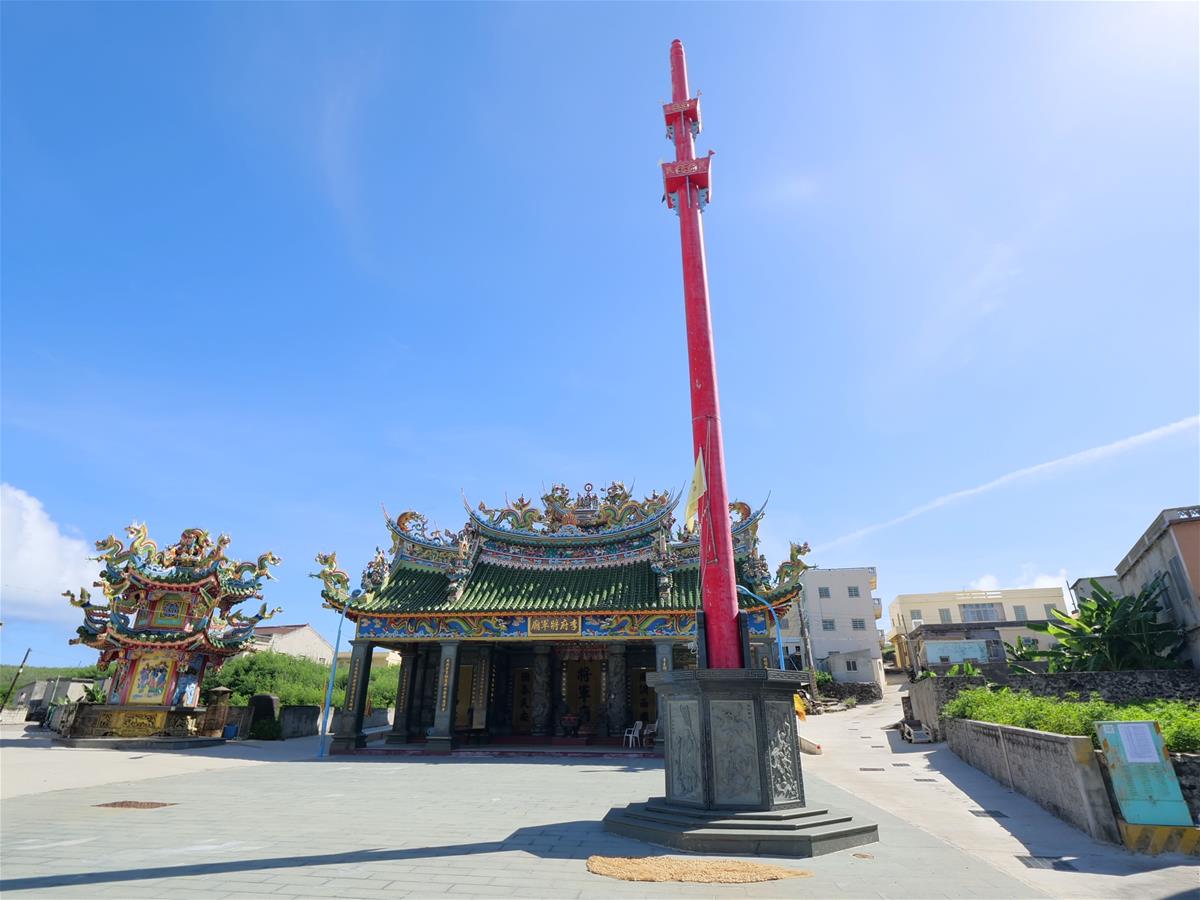Changbin Island Introduction
The local residents became wealthy in the early years by collecting coral, leading to significant prosperity. The streets of the fishing port are lined with small buildings, showcasing a charming harbor city atmosphere, earning it the nickname "Little Hong Kong." Just one nautical mile away from Wang'an Island is Jianggongao Islet, which, although only one-fifth the size of Wang'an Island, has a population close to that of the main island. The residents of Jianggongao Islet also prospered in the past through coral and stone collection, resulting in a thriving community with a unique harbor city vibe, which is why it is referred to as "Little Hong Kong" and "Little Kaohsiung." Nowadays, most residents rely on fishing for their livelihood. On the western side of the island, there are temples such as the Jianggong Temple, Yong'an Palace, and the Mazu Temple, which serve as the faith centers for the villagers. The decorations and inscriptions within these temples reflect the historical ties between their reconstruction and the fortunes of the fishing industry. Surrounding Jianggongao Islet are many nearby islands. On the eastern coast, there is "Sail Islet," named for its sail-like shape, which connects to Jianggongao Islet during low tide, making it a typical land-connected islet, and it is also known as "Jiangmen Islet." There is also the deserted "Wangyou Island," featuring beautiful coral reef ecosystems, where one can explore the underwater world at the famous snorkeling site Jin Guazai Reef and experience camping away from the hustle and bustle on an uninhabited island! If you take a boat south from Jianggongao Islet, you will reach the ecological reserve of Touwujiao Islet, which showcases a unique landscape of half yellow volcanic gravel and half black basalt. On the marine erosion platform, you will find many tide pools resembling small ponds, which nurture numerous intertidal organisms. The ecosystem of these tide pools changes with the tides. Additionally, various types of terns inhabit the island, including the Crested Tern and the White-browed Tern, which migrate here and can be observed from a distance on a cruise.
 Cijing Island
Cijing Island
 Kuan Yu Island
Kuan Yu Island





















